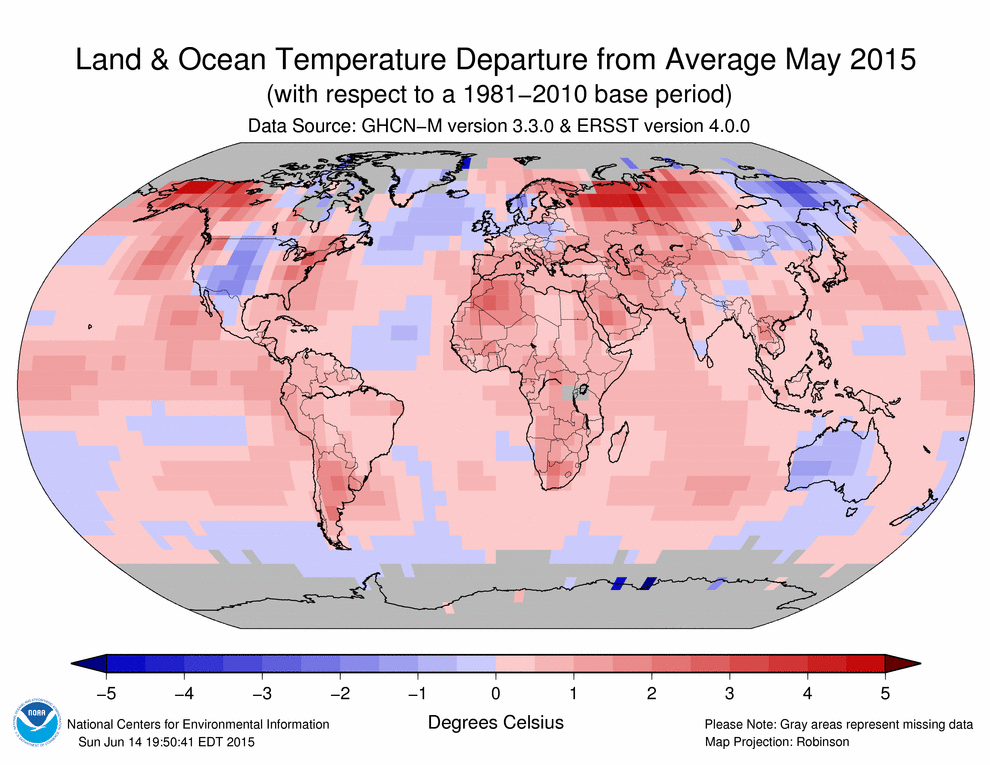California continues to lead like a nation-state in addressing climate change. Newly adopted incentives for low-carbon and zero emission vehicles include a program benefiting lower income purchasers and a phase out of benefits for higher income vehicle purchasers.
With a goal of 1 million zero emission vehicles on the road by 2023, the California Air Resources Board last week approved $373 million in allocations for FY 15-16 for low-carbon transportation, up $150 million over the prior year. The funds are subject to final appropriation authority from the California legislature. The bulk of the money comes from the California Cap and Trade Program.
"Action taken by the Board today to boos funding for clean vehicle programs is in direct response to growing demand, and the need to put more zero-emission vehicles on California's roads," said Air Resources Board Chairwoman Mary D. Nichols. "This funding plan delivers clean air, less carbon pollution, and provides financial incentives to allow all Californians to benefit from driving and owning the cleanest vehicles."
The largest program within the allocation is $163 million for the Clean Vehicle Rebate Project, which offers up to $6,500 in vehicle rebates for the purchase or lease of new, eligible zero-emission and plug-in hybrid light-duty vehicles. Since 2010, the Air Board has provided 110,000 rebates for a total of $230 million.
The table below summarizes the rebates that will be available for low and moderate income individuals. Higher income individuals (individuals >$250k; joint filers >$500k) will no longer be eligible for rebates for battery or plug-in hybrid vehicles, thus addressing a concern that the program was providing benefits to those who do not need it.
Below is a summary of all of the allocations. Additional information can be found in the ARB staff presentation to the Board here or the more detailed funding plan here.









